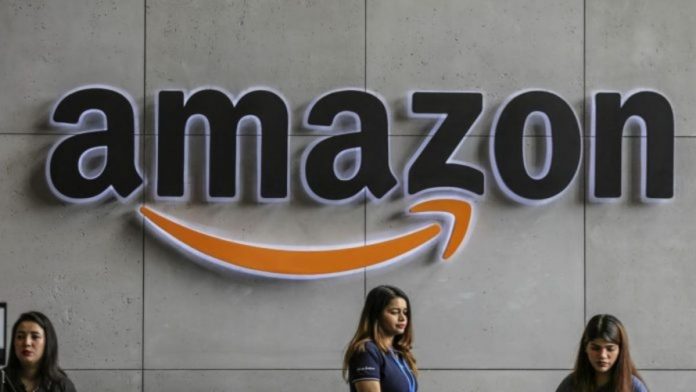Amazon’s online store sales rose 11% to $61.5 billion, while advertising revenue jumped 23% to $15.7 billion

SEATTLE: Amazon Web Services (AWS) reported its lowest profit margins since late 2023, raising concerns among investors about the tech giant’s ability to maintain growth in its cloud computing division.
Amazon said AWS operating margins fell to 32.9% in the second quarter, down from 39.5% in the first quarter and 35.5% a year earlier. The decline weighed on Amazon’s stock, with analysts citing the drop as a key factor in investor hesitation.
“AWS is their growth engine, and to see that drop in margin is dropping the stock,” said Ken Mahoney, CEO of Mahoney Asset Management. “The market was looking for further fireworks to take this up back to new highs and beyond.”
Despite margin pressure, AWS revenue rose 17.5% to $30.9 billion, slightly beating Wall Street expectations. In contrast, Microsoft’s Azure posted a 39% sales increase, while Google Cloud gained 32%.
Amazon forecast third-quarter net sales between $174 billion and $179.5 billion, above analysts’ average estimate of $173.08 billion, according to LSEG data. However, its projected operating income range of $15.5 billion to $20.5 billion came in light compared to expectations of $19.45 billion.
Both Microsoft and Alphabet said demand for cloud services continues to drive capital spending, though capacity constraints remain a challenge.
AWS typically contributes about 60% of Amazon’s operating income, making it a critical profit driver despite representing a smaller portion of total revenue. Analysts have raised concerns that AWS may be falling behind in artificial intelligence development, especially as rivals ramp up investment in AI infrastructure.
Amazon said it expects second-half capital expenditures to match its second-quarter total of $31.4 billion, suggesting full-year spending could reach $118 billion—well above analyst projections of $100 billion.
Elsewhere, Amazon’s online store sales rose 11% to $61.5 billion, while advertising revenue jumped 23% to $15.7 billion, continuing its rapid growth trajectory.
CEO Andy Jassy addressed concerns about tariffs and their impact on consumer demand during a call with analysts. “Through the first half of the year, we haven’t yet seen diminishing demand nor prices meaningfully appreciating,” Jassy said. “We just don’t know what’s going to happen moving forward. It’s hard to know where the tariffs are going to settle, particularly in China.”
Amazon has been pushing suppliers to pull forward inventories to maintain pricing stability. Still, prices for Chinese-made goods sold on Amazon.com have been rising faster than overall inflation, Reuters reported last month.
The company also continued trimming its workforce, cutting 14,000 jobs in the second quarter across AWS, books, devices and podcasting units. Total headcount fell to 1.46 million, marking the first decline since early 2024.